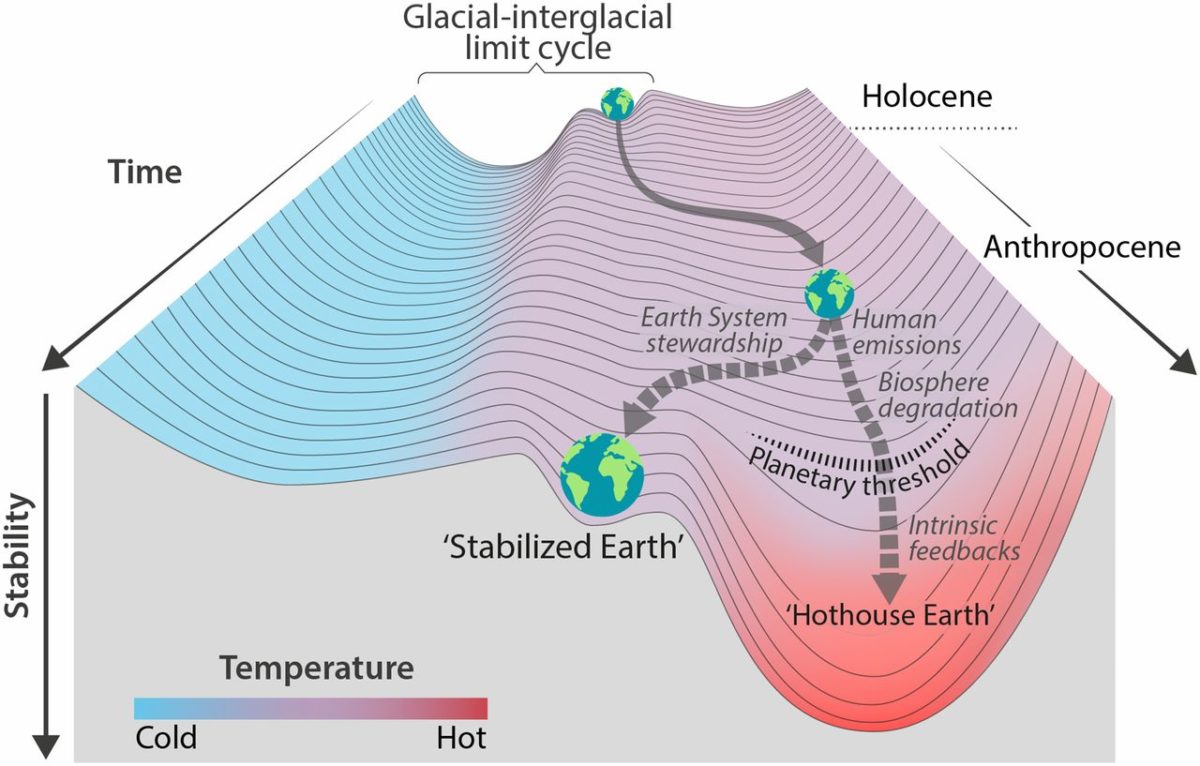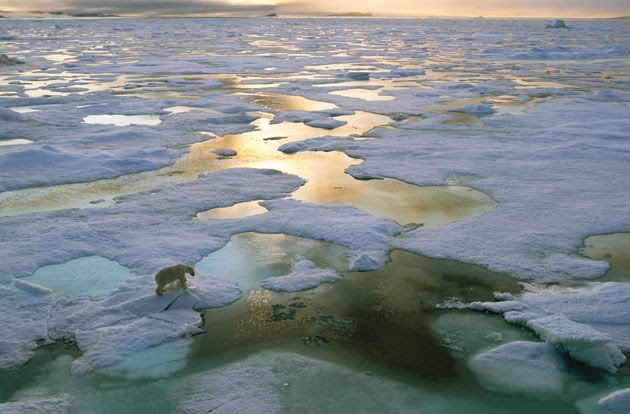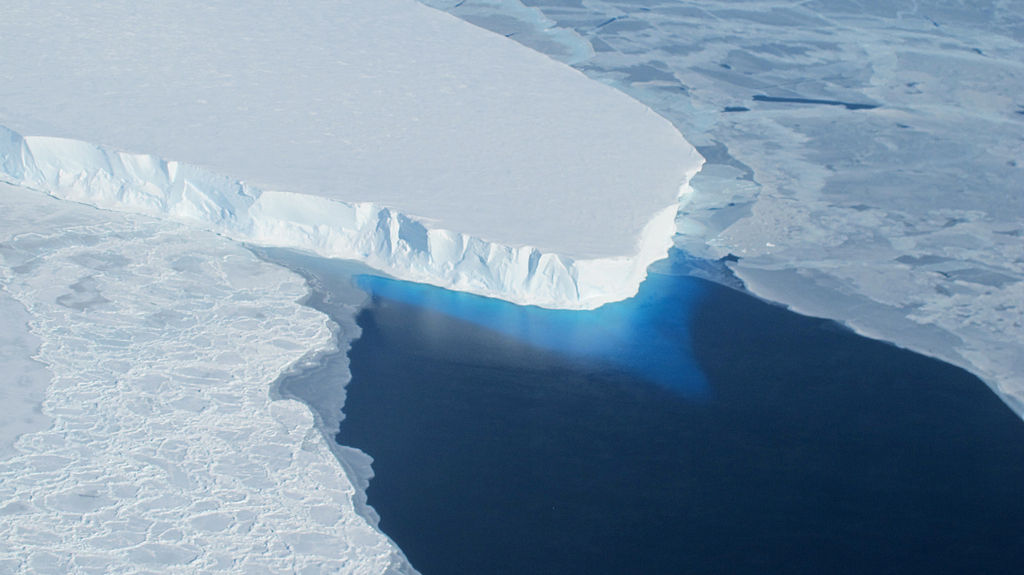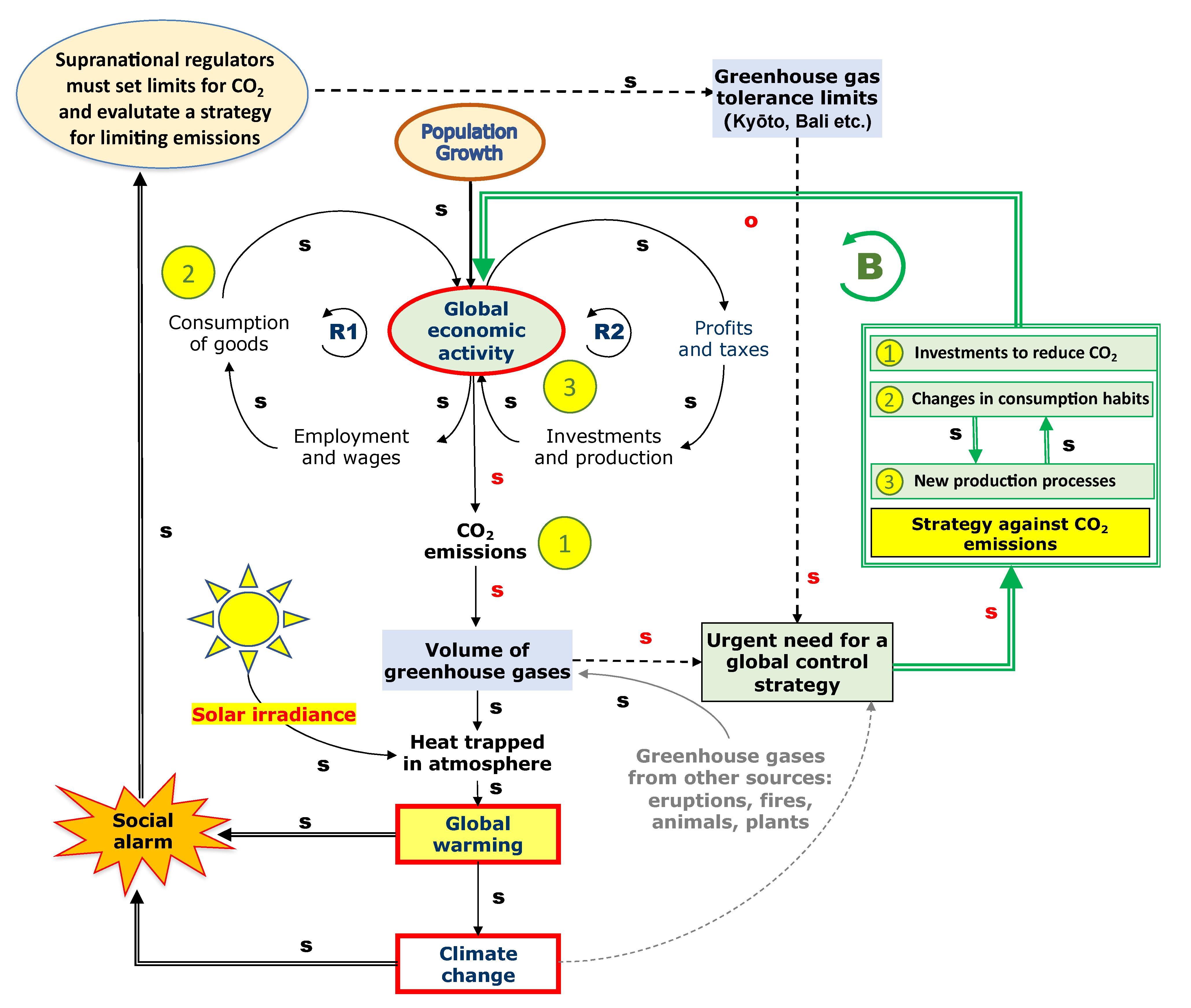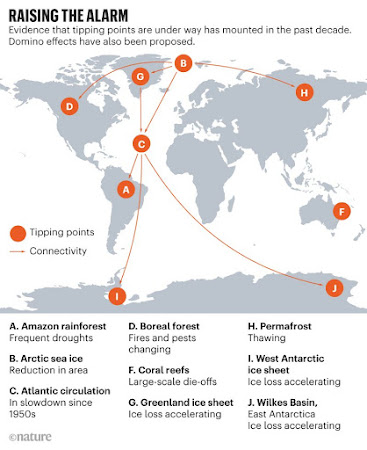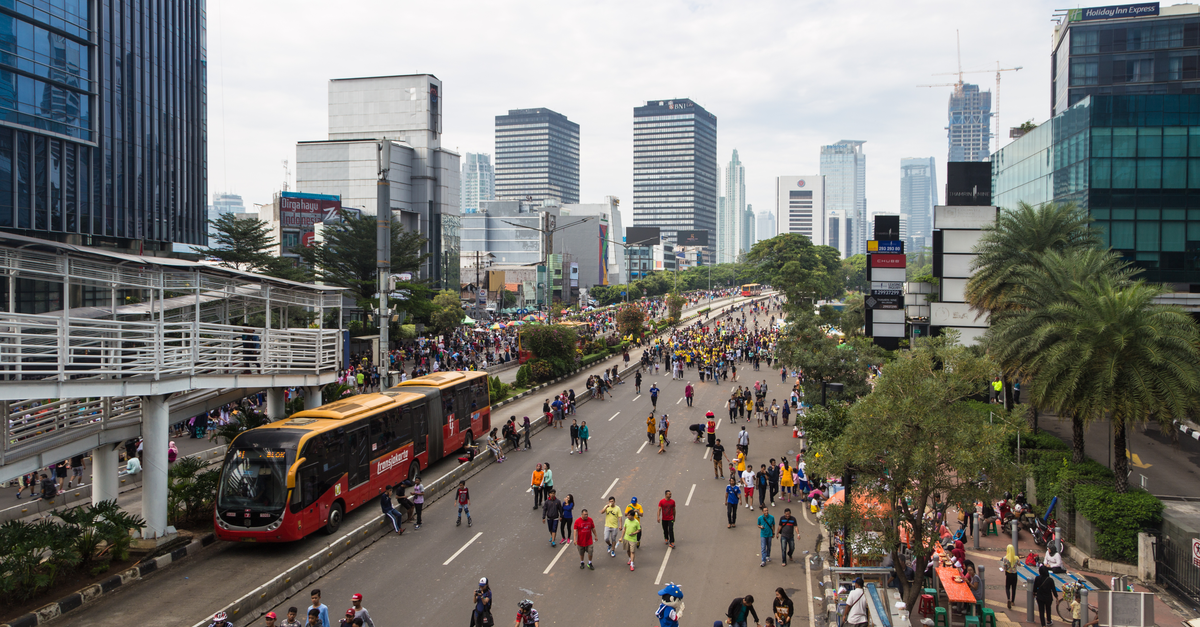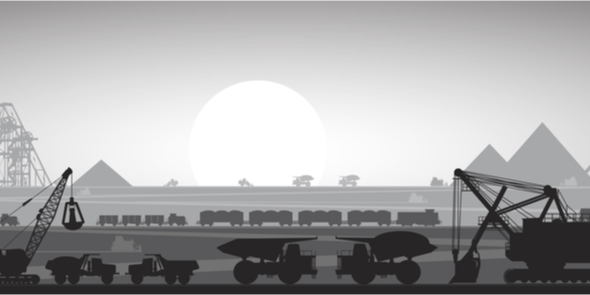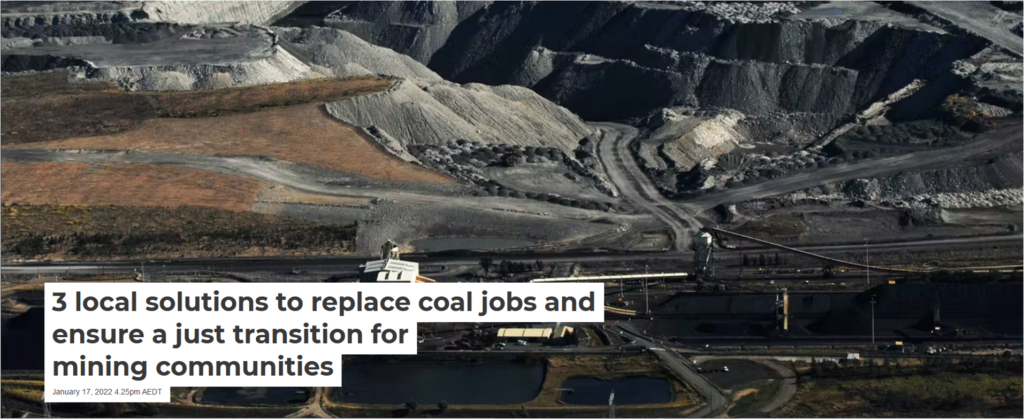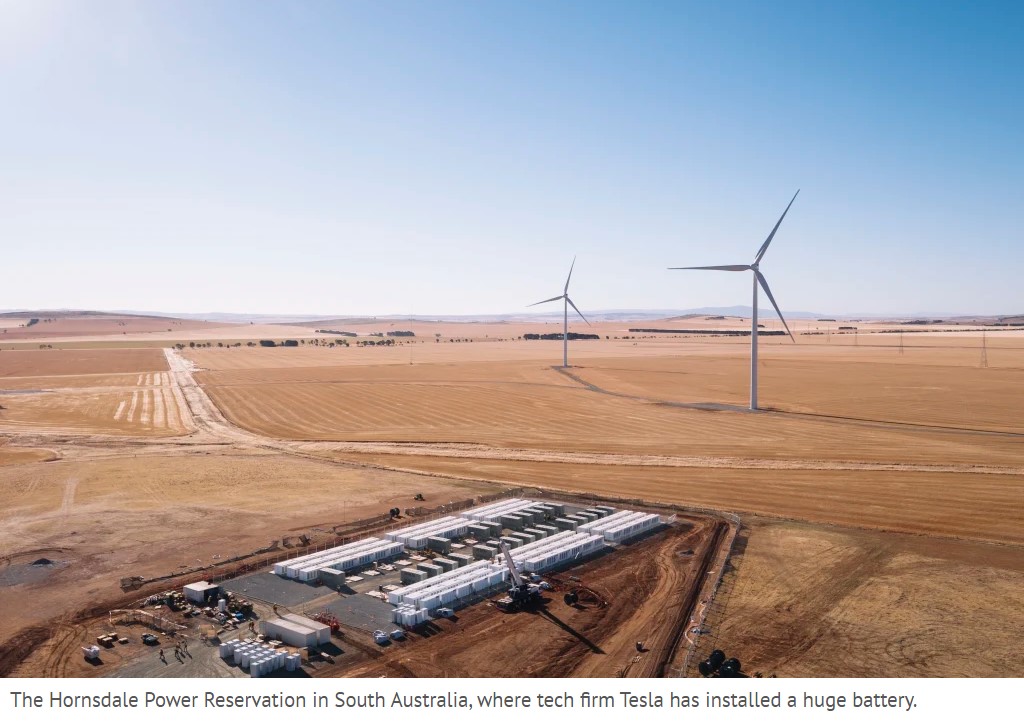Tropical forests are turning into net greenhouse gas emitters, pushing us closer to the precipice of no return on the way to Hothouse extinction.
Part 4 of David Spratt’s guidebook to events along the road to Hothouse Hell: Overheated tropical forests are turning from carbon sinks into net greenhouse gas emitters.
In this part of his narrative, David Spratt leaves the polar regions he discussed in Part 3, to see what is happening to tropical forests (and other habitats). Tropical forests, notably including the Amazon Rainforest, are switching from sinks removing greenhouse carbon from the atmosphere to emitting greenhouse gases as they struggle to adapt to increasing temperatures.
Photosynthesis, the biochemical process that uses energy from light to shift electrons around to combine 6 CO₂ and 6 H₂O (water) molecules to make sugar (C₆H₁₂O₆, the basic carbohydrate that both fuels and forms the basis of most living matter) involves a complex cycle of enzymatic and electron transfer steps that are temperature sensitive. For most plants living in moderate climates, the rate of photosynthetic carbon capture increases as they get warmer, until, inescapably, there is a point (called the thermal maximum) when steps in the process begin to fail, causing the the rate of carbon capture to decline rapidly as temperature rises further. Also as the plant is increasingly stressed by rising temperature it burns more carbohydrate to fuel repair and maintenance so its CO₂ emissions also begin to rise rapidly. Spratt explains:
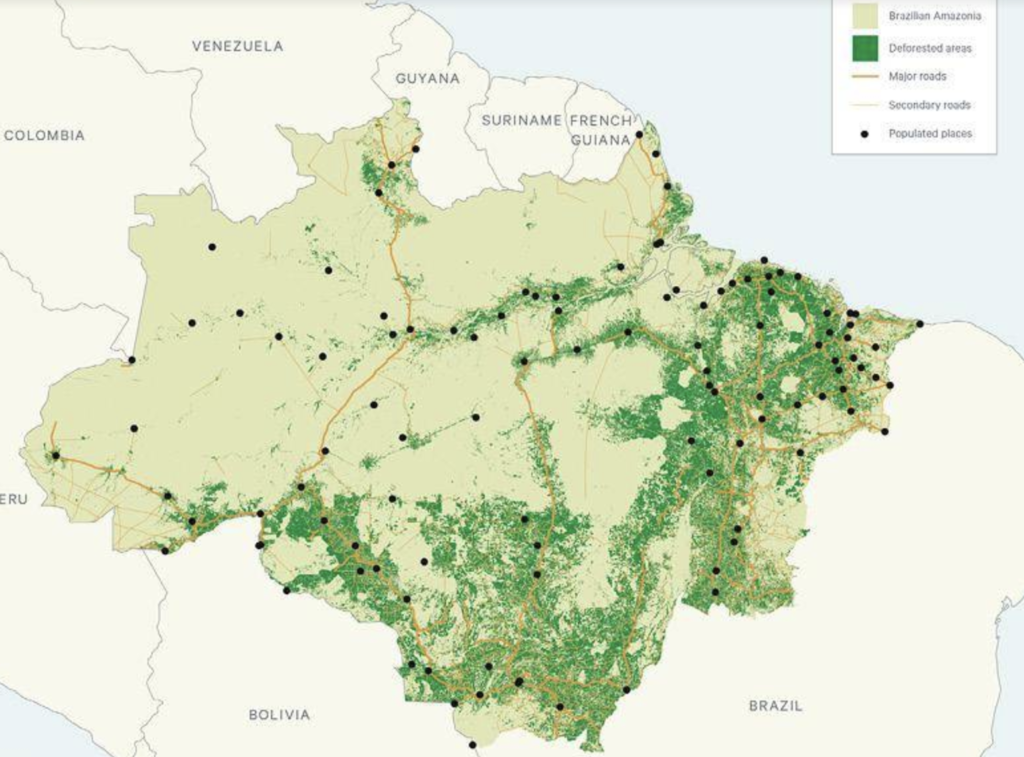
Image: Chatham House
26 January 2022
Have tipping points already been passed for critical climate systems? (4) Forests and the Amazon: A faltering carbon sink
by David Spratt in Climate Code Red
Fourth in a series.
Read 1 | 2 | 3 | 4 | 5 | 6 | 7
The plant-based terrestrial biosphere may be understood as including the world’s land-based plants, soils, derived dead organic matter, such as litter, and soil organic matter.
Plants photosynthesis uses carbon dioxide and water to produce sugar (glucose) and oxygen. Around 30% of the additional carbon dioxide (CO₂) produced by human actions has been drawn down from the atmosphere (mitigated) by increased plant photosynthesis. This adds to the land-based sink of stored carbon. But plants also respire, for example at night and in winter, by converting oxygen and stored glucose back into water and carbon dioxide.
As the planet continues to warm, a point of warming is reached — the “thermal maximum for photosynthesis” — after which combination of the rate of photosynthesis decreasing and the rate of respiration increasing results in the net flux of CO₂ from the atmosphere decreasing.
Together with more severe droughts and wildfires that also add to plant-based CO₂ emissions, the total amount of carbon stored in the terrestrial biosphere (the land sink) then starts to fall. This may be understood as a tipping point, a threshold beyond which large change is initiated in the terrestrial biosphere.
…
Brazil’s Amazon basin forest emitted more CO₂ than it has absorbed between 2010 and 2019: it gave off 16.6 billion tonnes of CO₂, while drawing down only 13.9 billion tonnes. “We half-expected it, but it is the first time that we have figures showing that the Brazilian Amazon has flipped, and is now a net emitter,” said study co-author Jean-Pierre Wigneron. Another study concluded that southeastern Amazonia, in particular, is acting as a net carbon source (total carbon flux minus fire emissions) to the atmosphere.
Read the complete article…..
Spratt’s article here refers mainly to tropical forests flipping from net GHG carbon sinks to net GHG emitters. The added GHGs then serve as positive feedback to increase the planetary greenhouse effect and thus force global average temperatures higher. What he does not discuss here (but may cover in subsequent parts of this series) is that boreal forests from the temperate to arctic zones are also flipping from being major carbon sinks to being even more potent emitters. This is due to the increasing number, extent, and ferocity of wildfires turning living and dead biomass into GHGs, combined with setting on fire especially carbon rich peat soils, releasing still more GHGs; and in the Arctic, contributing to the thawing of permafrost releasing still more GHGs including methane from the decomposition of methane hydrates stored in and under permafrost. These flips from sink to emitter begin slowly, but because of feedback amplification the flip may go to completion quite abruptly. (Last year I researched and wrote in some detail about how these processes work in the Siberian permafrost region: Portents for the Future – 2020 Wildfires on the Siberian Permafrost).
This is scary stuff. There is a large and rapidly accumulating body of evidence showing that humans started global warming started with the carbon emissions of our Industrial Revolution. We have probably reached a point where positive feedbacks will continue driving global temperatures higher even if we achieve zero emissions. At this point there is no evidence that anything we have done to reduce anthropogenic emissions is slowing the accelerating rise of any of the three major greenhouse gases, or that we are reversing the growth of global average temperatures. If we do not actually stop and reverse the warming, continuing positive feedbacks over the next few decades will drive us and the biosphere we need for our survival through the gates of Hell to a world that will be too hot for most species of life (including us) to survive.
I have said many times, and will undoubtedly say many times more that the fossil fuel industry special interests, its puppet representatives in many of the world’s governments, and friends in the print and social media have over the last 40 or so years until now managed quite successfully to deny, mislead, misrepresent, distract, delay, or block any effective action against their greenhouse gas emissions or their profits from thermal power generation. In Australia, beginning with the Abbott Government the LNP COALition and a few fellow-traveling independents & minor parties have been almost totally effective in preventing ANY very effective action to stop global warming (i.e., by doing everything they can think of to keep us on the downhill road to mass extinction and the end of the human species.
If we are to leave our only planet in a state where our children and grandchildren will have a future, Capt. Humbug and his wooden headed puppets must be removed from Parliament and replaced by trustworthy people who have committed if they are elected, to place action on the global climate emergency as their first priority in office.
Vote Climate One’s Traffic Light Voting System explains how you can use australia’s preferential voting system to do this.
